
With bleak weather, shorter days and a short supply of sunshine, it’s not unusual to feel the seasonal blues. You might find your mood dipping as we move through autumn and into the depths of winter, and this can worsen as the days roll by.
In fact, the third Monday in January is often referred to as Blue Monday – otherwise known as the most depressing day of the year. Coined by psychologist Cliff Arnall in 2004, the date was calculated by factoring in the combination of bleak weather, post-Christmas blues, financial struggles and low motivation.
But for many, feeling low during the winter months isn’t limited to just one day – or even just one month. Instead, it’s a symptom of seasonal affective disorder (SAD) – sometimes known as winter blues or winter depression – which is experienced throughout the colder months of the year.
SAD is a type of depression that comes and goes in a seasonal pattern, with symptoms including everything from low mood and irritability to feeling lethargic. While it is not fully understood what causes the condition, it's thought the shorter, darker days during autumn and winter can have a negative impact on your temperament.
According to the NHS, the lack of sunlight experienced during this period can stop a part of the brain called the hypothalamus working properly, which may increase the production of melatonin (a hormone that makes you feel sleepy); decrease the production of serotonin (a hormone that affects your mood, appetite and sleep), and affect your body’s internal clock (circadian rhythm).
Dr Luke Powles, associate clinical director at Bupa Health Clinics, says it’s important for everyone to look after their mental health, particularly as many people now work from home. “It's increasingly common for people to feel cooped up,” he explains. "While the commute might’ve been frustrating, it was still a time to get outside. It’s the same with lunch breaks: lots of people are now eating at home, rather than popping outside as they would’ve done when in the office.”
Stephen Buckley, head of information at mental health charity Mind, agrees, adding that anyone working from home and experiencing SAD should “take time to get outside as much as possible”. He suggests “going for walks when you can, spending time in parks or gardens, or simply sitting near a window”.
Thankfully, there are a number of things you can try to lift your mood during winter. From opting for light therapy to taking up meditation, our expert-approved round-up includes everything you need to add a little bit of brightness to your day. Read on for expert-approved tips and the most highly-rated products to help you beat the winter slump.
Ditch the coffee
While coffee might be your drink of choice on a dark morning to give you energy, caffeine has been found to suppress levels of serotonin, a chemical in the brain that is thought to regulate mood, sleep and memory.
Given our reduced exposure to light during winter months, it's likely that levels of serotonin will already be low, so we recommend swapping your morning cup of java for tea, which contains less caffeine, but can still help give you a boost. Black, green and oolong tea all contain an amino acid called theanine, which works to improve focus and attention. Matcha – a concentrated green tea – is also a great bet if you’re looking for prolonged energy and focus without any of the jittery anxious feeling that a cup of coffee can cause. The health benefits of matcha are myriad and it tastes great hot or cold.

In our review of the best plastic-free teas, the proper tea earl grey by Brew Tea Co (£8.20 for 40, Amazon.co.uk) came out on top, with our tester praising it for being “refreshing” and “full of flavour and depth”. Even better, the brand is “as transparent and sustainable as they come”, as it uses “whole leaves (not dust, it insists) and is a member of the Ethical Tea Partnership, which supports small estate growers”.
As far as matcha goes, you might want to start your day with a glass of the green stuff, but by adding a dose of protein, you’ll also be fuelling your body and giving yourself the energy to get through the day. Our testers loved Myprotein’s matcha impact protein, which offers a blend of matcha powder and whey protein. Having protein in the morning, especially during winter can improve your alertness and beat those feelings of lethargy and help regulate blood sugar to avoid mood swings. Protein contains amino acids that help produce neurotransmitters like dopamine and serotonin, which can help boost your mood too.
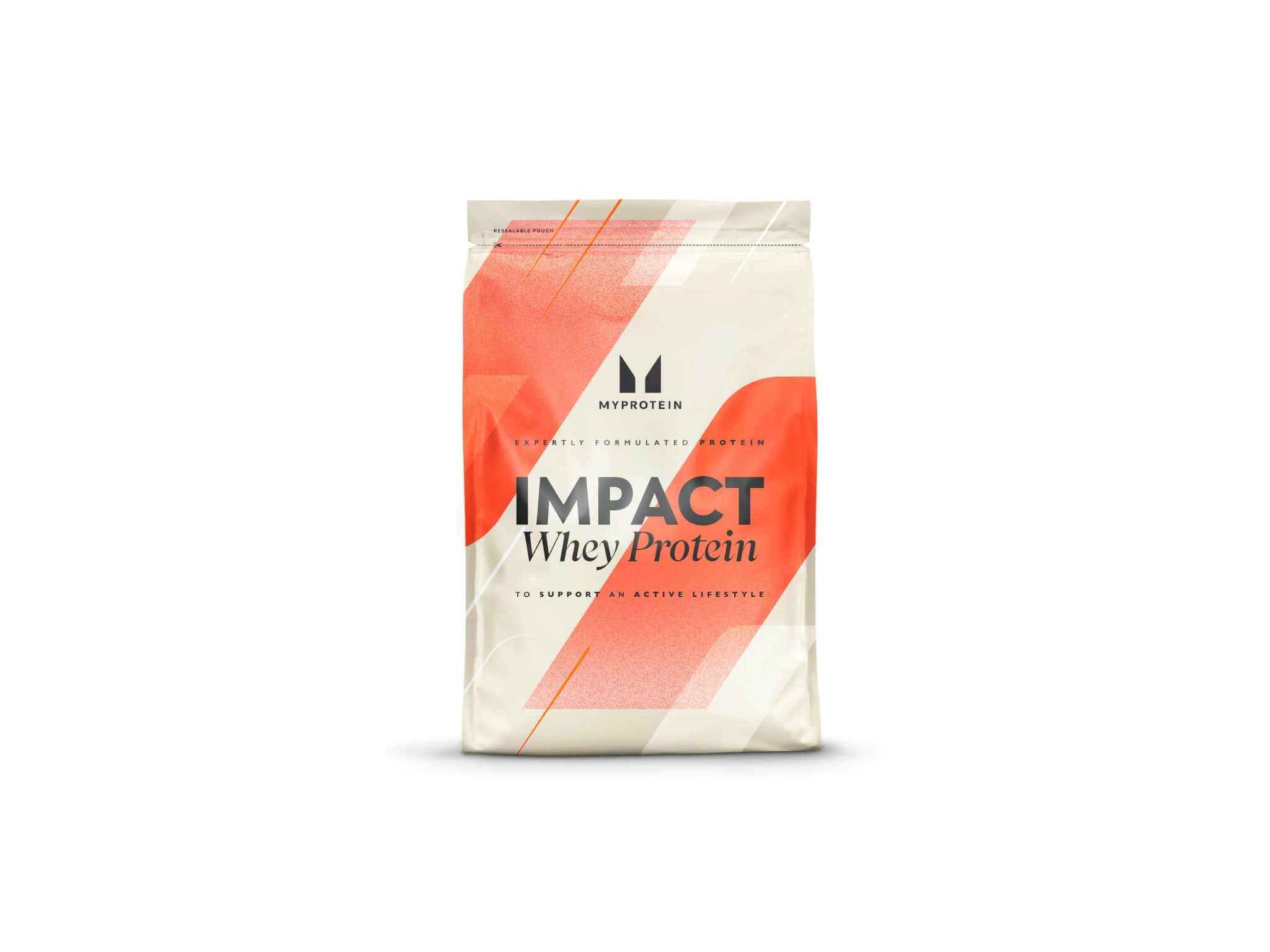
Invest in an SAD lamp
While there’s mixed evidence regarding the overall effectiveness of light therapy, Dr Luke Powles suggests investing in an SAD lamp as a way to manage symptoms. These gadgets work to mimic natural light, topping up the sunlight exposure we miss out on in the winter months, and are thought to boost levels of serotonin and melanin, delivering short-term positive effects. Plus, they are a “helpful way to banish the winter blues until the days start getting longer again”, says Powles. It is recommended you use an SAD lamp for a duration of 20 to 40 minutes a day.
To qualify as an SAD lamp, the brightness of the lamp needs to measure at least 2,500 lux – the brighter the light, the greater the effectiveness.
Read more: Best SAD lamps to get you through the dark winter months
Using an alarm clock that has a built-in light is also a great way to start the day, helping you to wake up feeling refreshed. Dr Jaya Gowrisunkur from the Priory Wellbeing Centre in Harley Street suggests using a Lumie alarm clock. The Lumie bodyclock shine 300 wake-up light radio alarm clock (£149, Lumie.com) took the top spot in our guide to the best light-up alarm clocks, thanks to its great functionality and design.
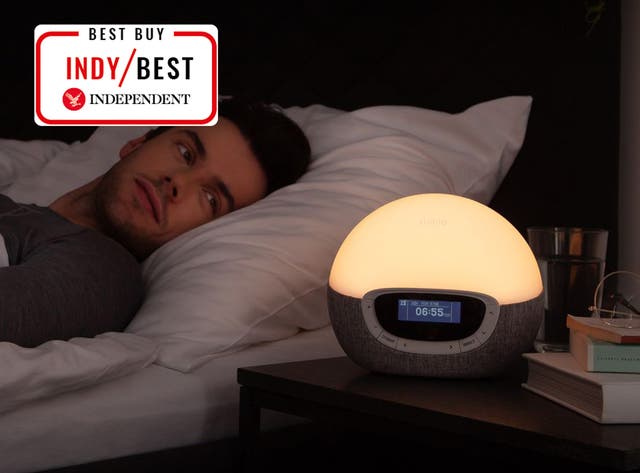
Gowrisunkur has noted the importance of a regular wake-up time for managing SAD symptoms, meaning this alarm clock could help you get into a good routine meaning greater health benefits long term. The real beauty of the clock, though, is that the sunset feature can also be used at the end of the day to help you wind down, and it can play sounds to help you fall asleep. This all helps kickstart the natural wind-down process which can help regulate your circadian rythm and support your routine.
Dr Powles suggests that brightening your environment when working from home can help alleviate symptoms, too. To brighten your workspace and top up your Vitamin D, consider this Beurer TL 45 perfect day daylight (£90, Johnlewis.com), which was the best buy in our review of the best SAD lamps.
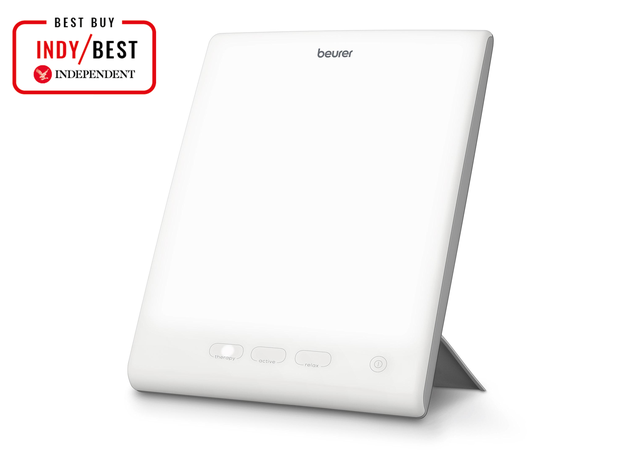
This lamp has three settings – relax, active and therapy, with the latter mimicking midday light. When in this mode, the lamp should be placed about 20cm from you, for best results. “We can attest this feels very brilliant and definitely made us feel, well, sunnier after using it,” said our writer.
Get physical
“Research shows physical activity can be as effective as antidepressants in treating mild to moderate depression,” says Buckley and, while it can prove beneficial to some, it’s important to acknowledge exercise isn’t always an option or the right solution for everyone.
However, it can be a good place to start, and Dr Gowrisunkur suggests that getting out into natural surroundings, such as the local park, can be beneficial. This can be in the form of a long walk, run or simply spending time in the garden, if you have one. If going for a light evening jog in the great outdoors appeals to you but you're new to running and not sure where to begin, check out our guide on how to get started, which provides expert advice on everything you need to ace your running journey.
Read more: Best trail running shoes for women to tackle all terrains
Whether you're just starting out or a keen marathon runner, decent kit that will keep you warm during the winter months, and help you go the extra mile, is essential. The difference between feeling comfortable and warm when you’re running and feeling chilly and unsupported is everything.
In our round-up of the best women’s running leggings, Salomon’s cross run (£52.20, Salomon.com) took the top spot, with our writer noting “they’re incredibly lightweight (207g), and wick away sweat and moisture brilliantly”.
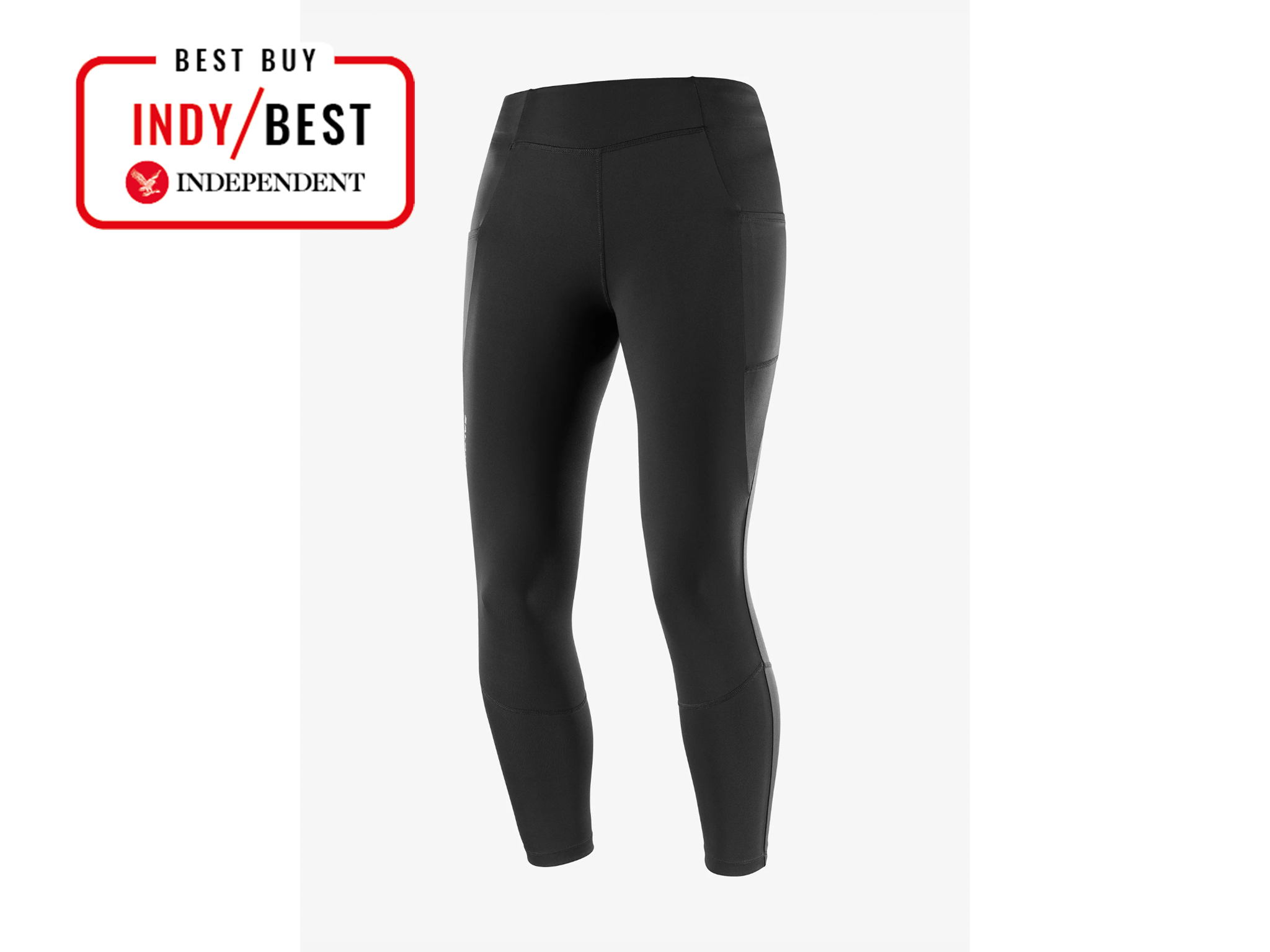
“They’re flattering, too, and, with reflective branding, they’re a great night running option, and have a deep side pocket that holds a phone without any bounce or pull,” our tester added.
As for your top half, if you’re looking for sustainable layers to keep the chill at bay, a merino baselayer ticks all the boxes. Natural fibres not only feel great against your skin, they boast brilliant sweat-wicking and breathability credentials. This training top from Paul James Knitwear (£90, Paul James Knitwear) not only looks stylish but will keep you cosy if you’re exercising outside.
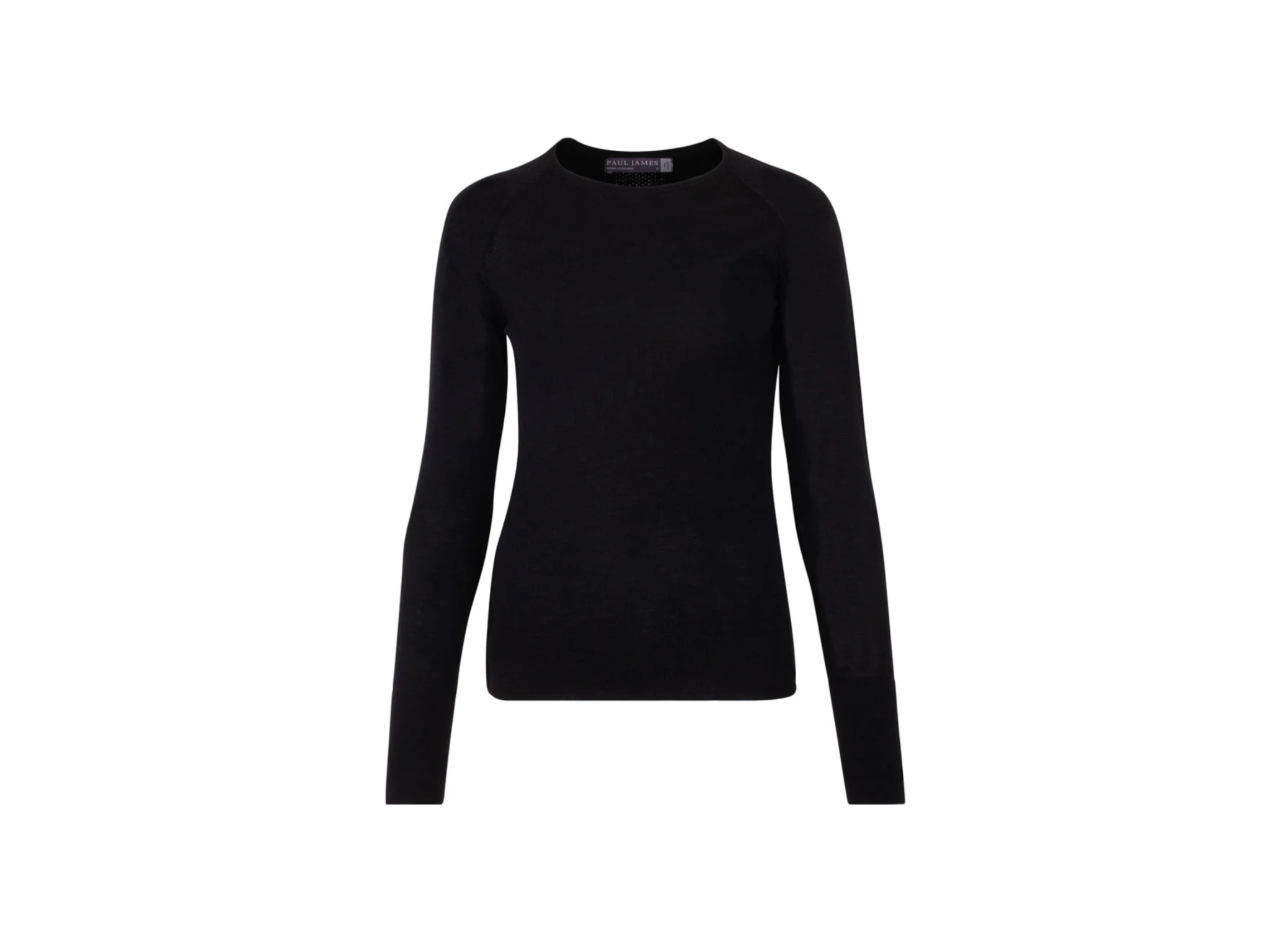
For men, the On performance winter tights (£110, On-running.com) were a big hit in our round-up of best running tights, with our writer noting the brand is a go-to for “functional-yet-fashionable running kit”.
“When it comes to construction and design, its tights are no different to the rest of its range, leaving you with a high-end finish that is fitted without being restrictive, and they are at home in any setting,” they said. “The tights are completed with three rear waist pockets – the middle one being big enough for a smartphone.”

If factoring a run into your day isn’t for you, Dr Powles advises you take “regular breaks and try to go outside during these times, whether for a quick stroll around the block or a longer walk”. This is because a lunchtime stroll can have the same benefits as two and a half hours of light therapy, even on a cloudy day. Doing this in the drizzle might not seem appealing, but it's proven to help, so it's prime time to invest in a new waterproof jacket that'll keep you warm.
Read more: Best hiking shoes for women that make treks a walk in the park
In our review of the best waterproof jackets for women, Rab’s women’s arc eco design (£235, Rab.equipment) won the best buy for being “a lightweight but high-performing three-layer waterproof with a 20,000mm HH and 15,000g MVTR (moisture vapour transmission rate).” The jacket is crafted from recycled pertex shield revolve, a breathable fabric made from 100 per cent post-consumer recycled polyester. It’s available in five colours, so you can easily match it to the rest of your cool-weather activewear lineup and it has plenty of pockets for your phone and keys.
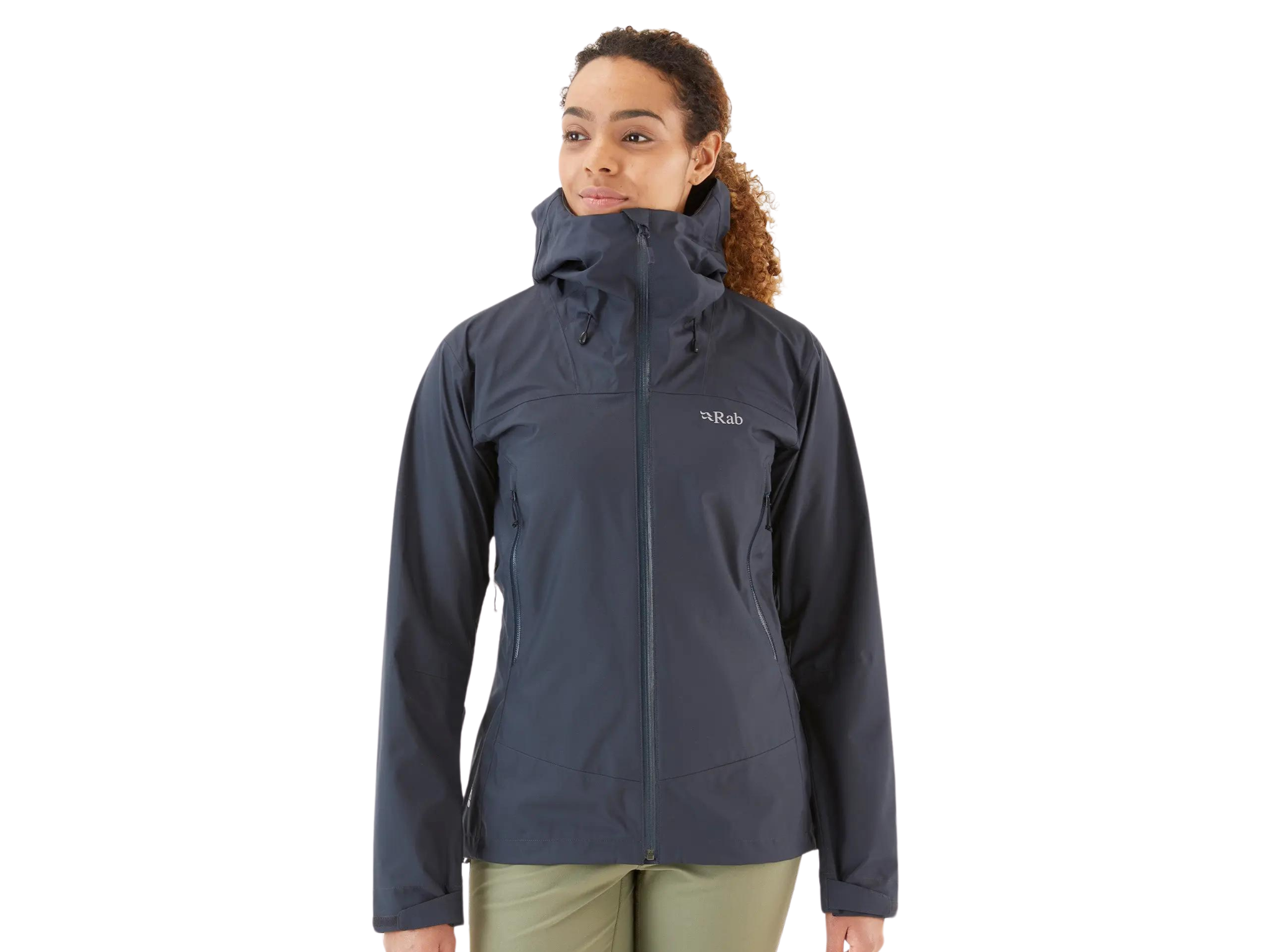
If walking outdoors isn’t your jam, there are plenty of other movement styles that can help with lifting mood. You might not benefit from the light exposure you’d get from a walk if you’re indoors, but a practice like yoga boasts many mental health benefits – calming the nervous system and focusing the mind for starters.
If you’re new to it, try following a session with Yoga With Adriene, one of the biggest yoga YouTube channels, and invest in a yoga mat, so you have a reliable foundation for your moves. Mats provide grip and cushioning on every floor type and a decent yoga mat is really all you need to get started. We recommend picking up the Onyx yoga mat (£69.99, onyx-fitness.com), which won best buy in our round-up of the best yoga mats.
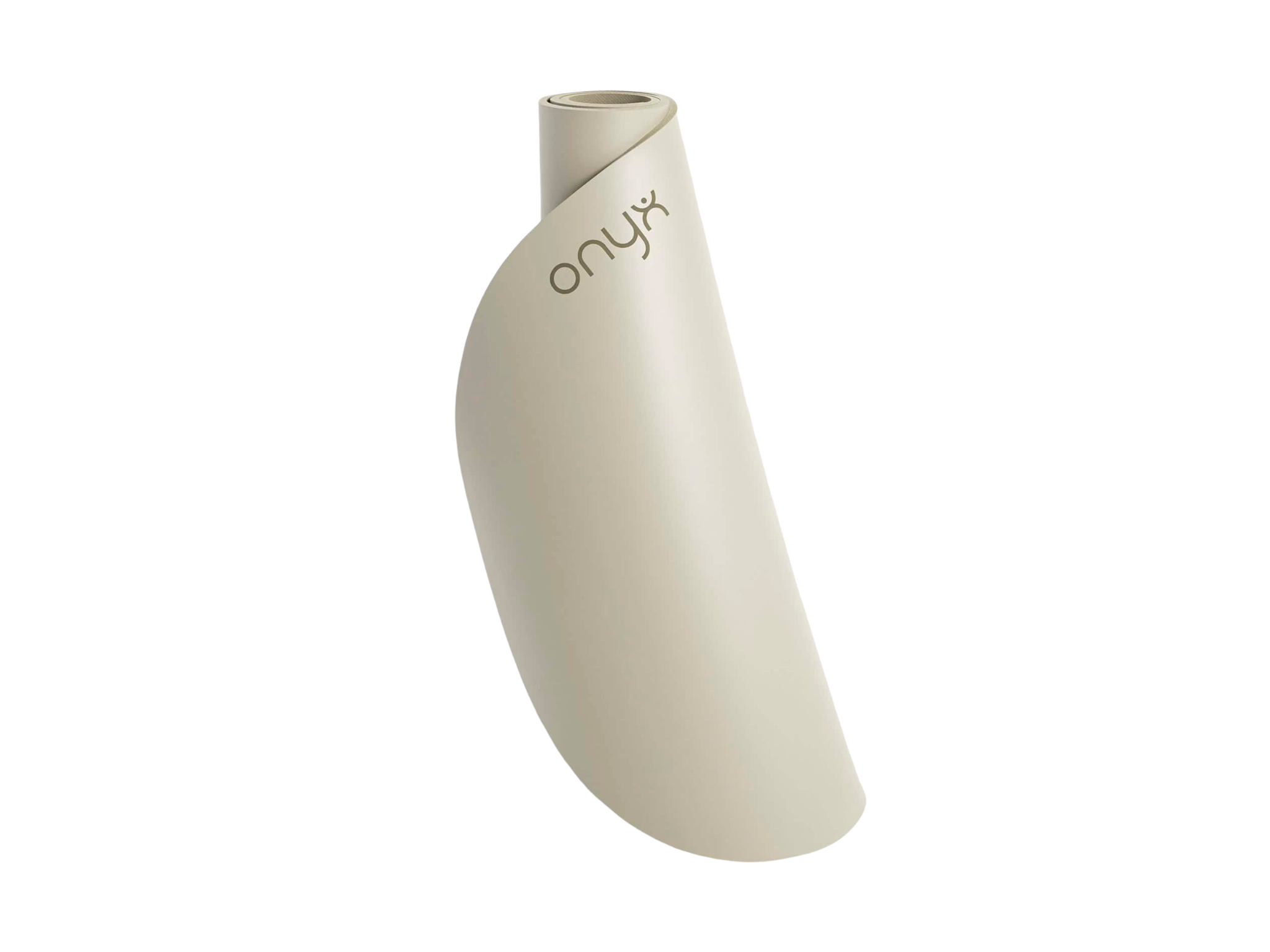
“Ultra grippy with a smooth rubberlike antimicrobial coating and a natural rubber bottom, your hands and feet won’t be going anywhere on this mat.” our tester said. “At 5mm it’s around medium thickness with a little bounce to it – ideal for more seasoned yogis. However, if you suffer with sore joints or struggle with using your mat on a hard surface, you might want to upgrade to the 8mm version which offers more cushioning.”
Improve sleep quality
When asked how to keep SAD symptoms at bay, Dr Gowrisunkur advised “investing in things that will improve sleep quality”, so you wake up with more energy. This is particularly important since disturbances of sleep have been found to be a key characteristic of SAD. Disturbed sleep can affect your recovery, which means your brain and body will be pushing harder to function well the next day and you’ll likely feel more stressed, unsettled and experience lower mood.
Gowrisunkur notes that the pillows you sleep on can impact your sleep quality. Ideally you want something with exceptional support made from natural fibres so the Soak&Sleep 100 per cent Canadian goose down standard chamber pillow (£304 for a two-pack, Soakandsleep.com) took the crown in our round-up. Described as “a superb quality pillow from its outermost stitch to its deepest layer of padding”, our tester said it kept their head “wonderfully well supported.”
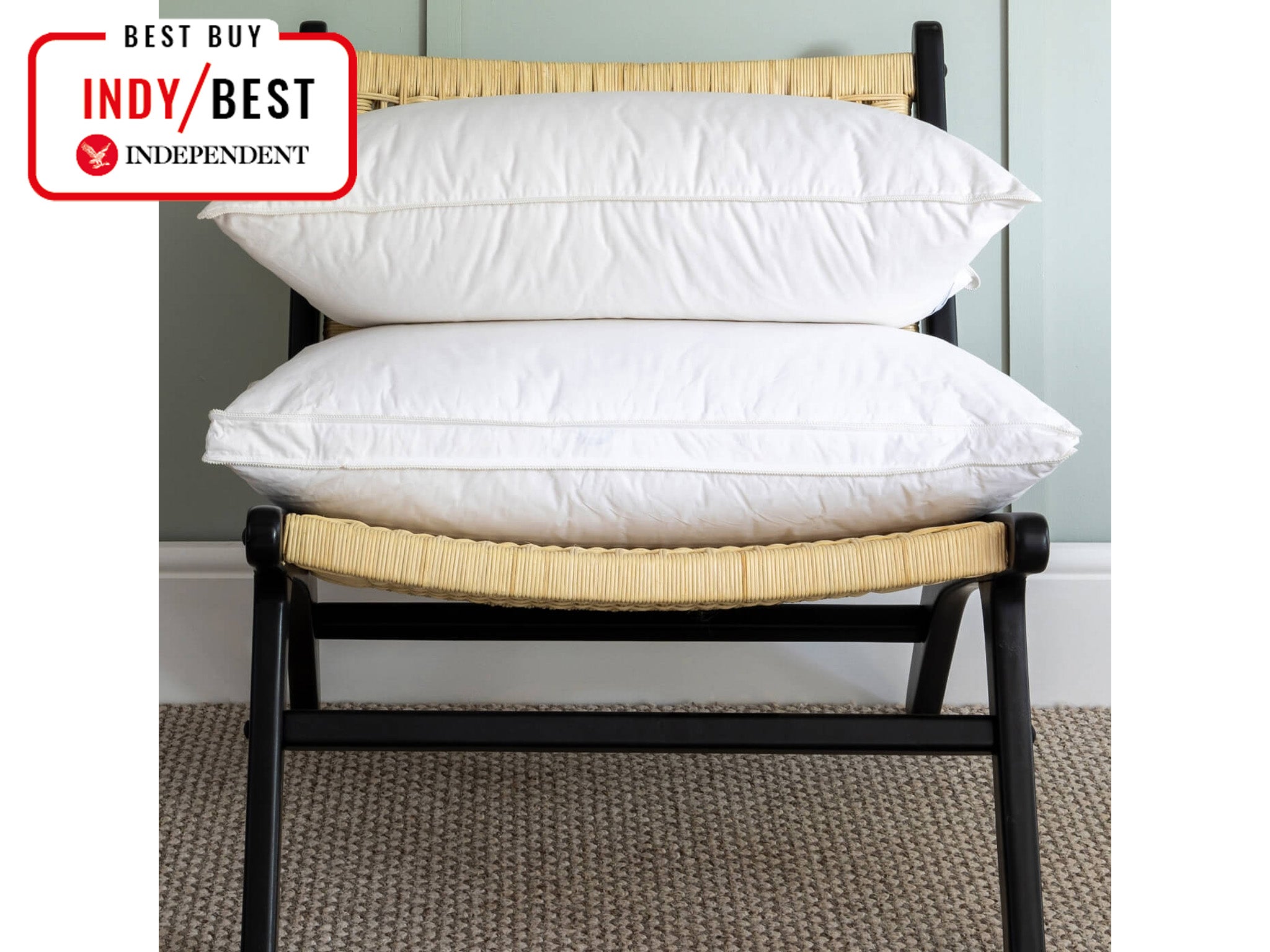
Decent support can make all the difference to your rest so while buying a new mattress might seem extravagant, it could help you get a better night’s sleep and ensure you feel ready for the day ahead. For great support, go for the Simba hybrid luxe (£1,699, Simbasleep.com), which won best buy in our guide to the best mattresses.
“Having spent more than six months sleeping on this mattress, we found that it offers the ideal balance between a firm and medium sleeping base,” our tester said. “Better still, it’s breathable and feels fresh. The layers work well together, and we’ve seen improved sleep, thanks to the coolness it offers during warmer months and increased cosiness seen in the autumn and winter.”

Amanda McLaren, MD of heritage textile mill, AW Hainsworth, explains: “There are several health and wellness benefits of using wool bedding for sleep, especially when compared with synthetic fibres. Research shows that it can improve REM sleep, a vital stage in the sleep cycle that supports memory consolidation and revitalisation; wool can lengthen the REM sleep phase, promoting a more peaceful and productive rest.”
“Additionally, wool fibres naturally absorb and retain indoor pollutants, creating a cleaner and healthier sleep environment and enhancing air quality in your room and home as you rest. Wool also helps regulate body temperature, ensuring warmth in winter and coolness in summer, while also providing antimicrobial, hypoallergenic and moisture-wicking properties.” says McLaren
If you’re not ready to splash out on a mattress, the Elizabeth blanket from John Atkinson is woven from 100% lambswool which is beautifully fine and silky. Lambswool fibres are smooth and delicate, making for a soft and cosy layer with all the benefits that natural fibres offer.
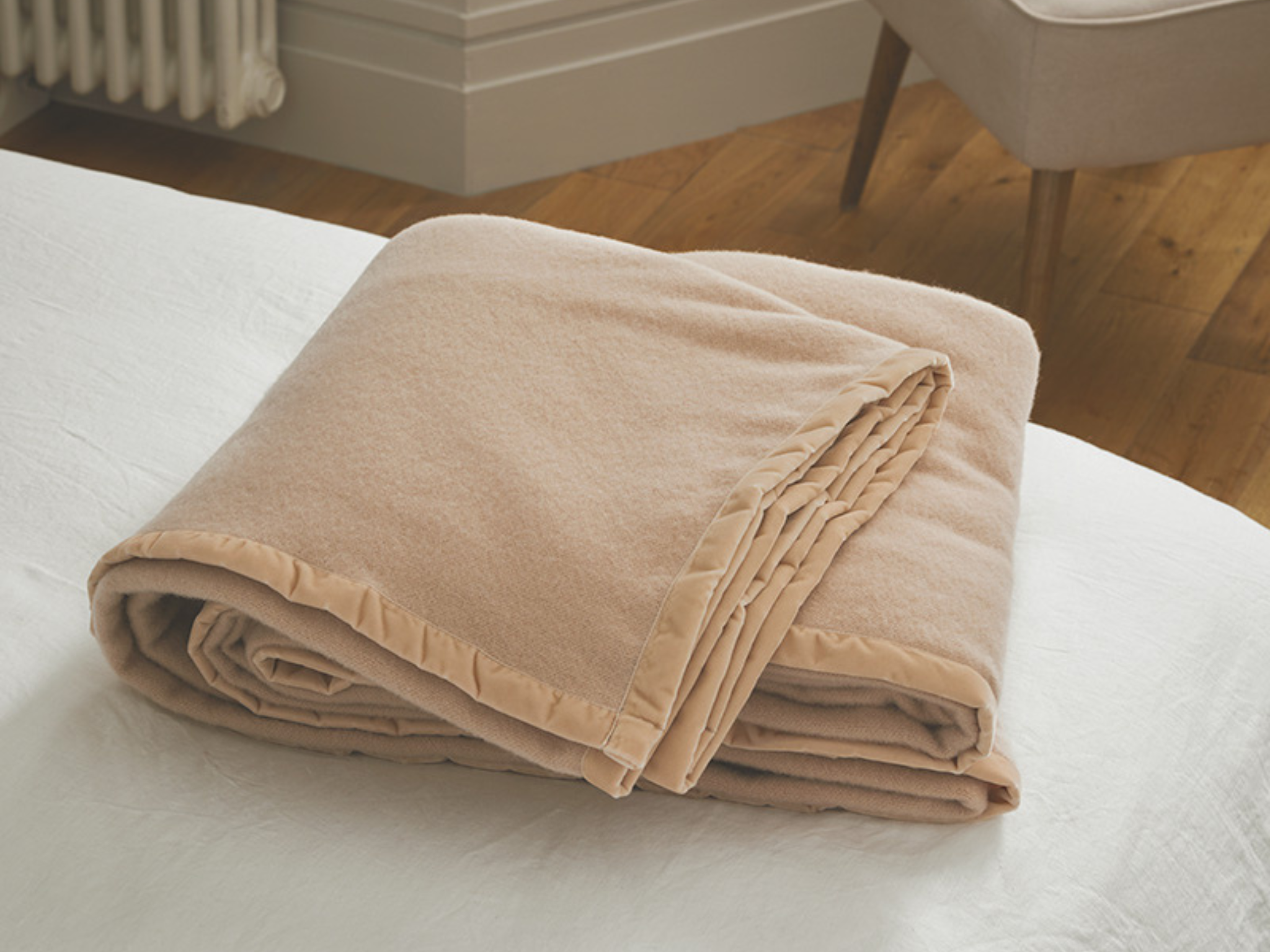
Alternatively, there are plenty of more affordable sleep solutions worth trying, including the Spacemasks self-heating eye mask (£16.50, Sephora.co.uk), which featured in our guide to the best sleep aids. The masks melt stress away and kickstart the wind-down process, which can really help if you’re travelling and not sleeping in your own bed.
“This therapeutic eye mask is one of the smartest products we have tried. Slip the lightweight, air-activated, self-heating mask over the ears and eyes to unlock its magic, soothing tired lids and relieving headaches,” our tester said.
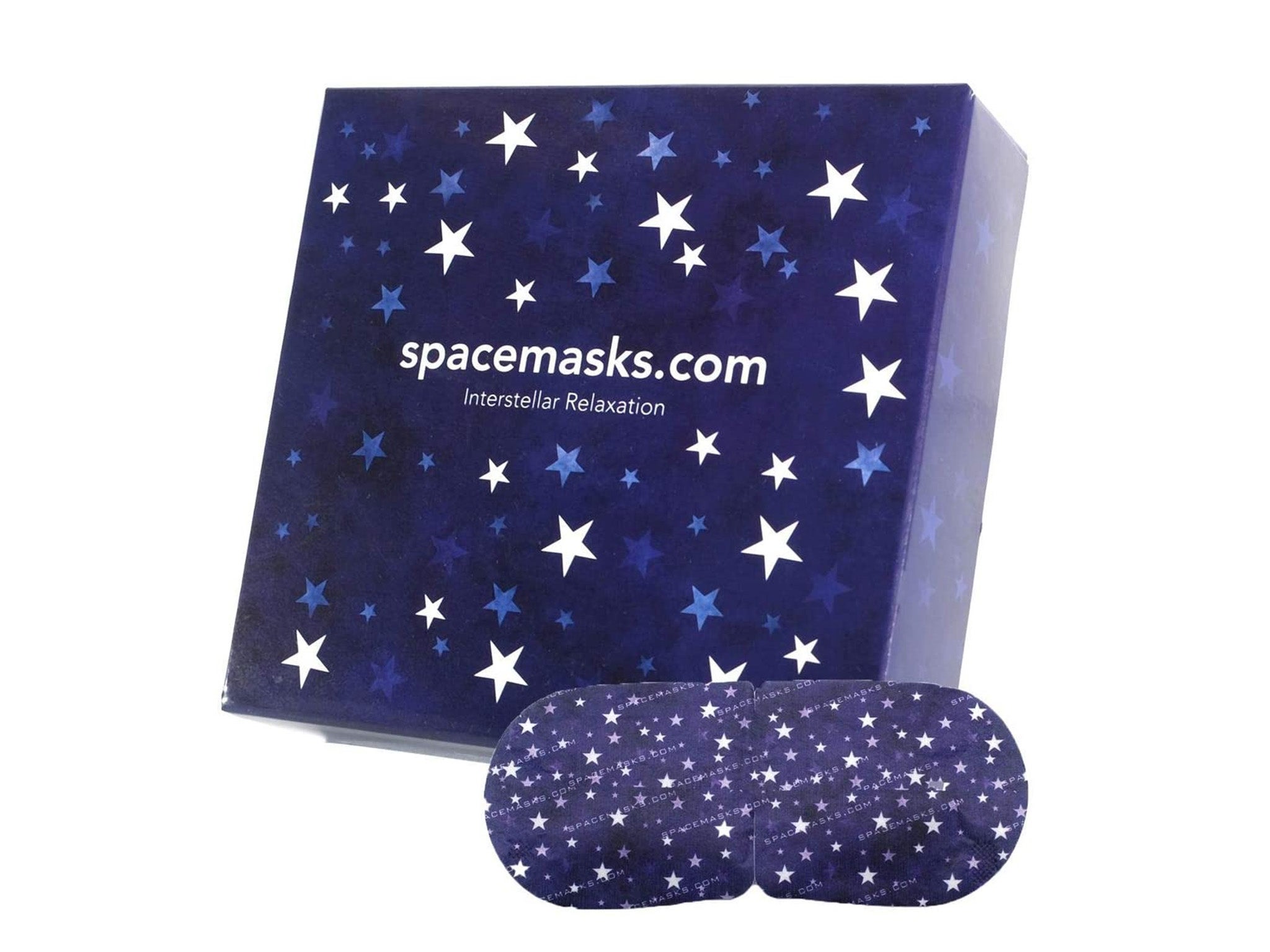
Read more: Best sleep apps for tracking patterns, drifting off and waking up gently
Try meditatation
While there are a number of different SAD management techniques – including cognitive behavioural therapy and antidepressants – Dr Gowrisunkur suggests taking up meditation as a first defence.
Research suggests that meditation increases serotonin levels in the brain, which is also the mechanism of action within some of the drugs used to treat SAD. If you’ve never done it before, practising meditation can be difficult to get into. But, thankfully, in recent years, mindfulness has exploded in popularity and there are plenty of online guides and apps to help you get the hang of it.
In our guide to the best mindfulness apps, the Calm Android and iOS app (Calm, £39.99/year) was heralded as the top choice.
Just as the name suggests, Calm is a portal to peace of mind. With so much variety – from calming bedtime stories to easy-to-follow meditations, and the option to reflect on your mood each day – the app offers a way for you to unwind and refocus your attention with helpful pointers, tips and guided sessions.

Alternatively, perhaps the best-known meditation app, Headspace provides a wealth of knowledge on therapy, mindfulness and meditation. The app takes a no-nonsense approach, which many users love, and helps you take practical steps to calm your mind, understand what’s stressing you and help you with stress, overwhelm and poor sleep.
You can download the Headspace app via Android or iOS (Headpace, £9.99/month) or start with the free 10-part basic course that is perfect for beginners.

The sessions come in three, five or 10-minute chunks that are easy to follow. Andy Puddicombe, the narrator and co-founder, will guide you through breathwork and body scanning in a calm and easy-to-understand way. You can then use these exercises within every aspect of your life.
Suffering from the winter blues is common, but there are several ways you can beat the symptoms of SAD. Better sleep, easy lifestyle swaps, mindfulness, mood-boosting supplements and clever tech like wearables and SAD lamps can all make the world of difference during the cooler, darker months.
For more information on seasonal affective disorder and the symptoms and treatments available, visit the NHS website.
Voucher codes
For the latest discounts on tech, beauty products, homeware and more, try the links below:
Looking for more tips on meditation? Read our guide to everything you need for mindful reflection







